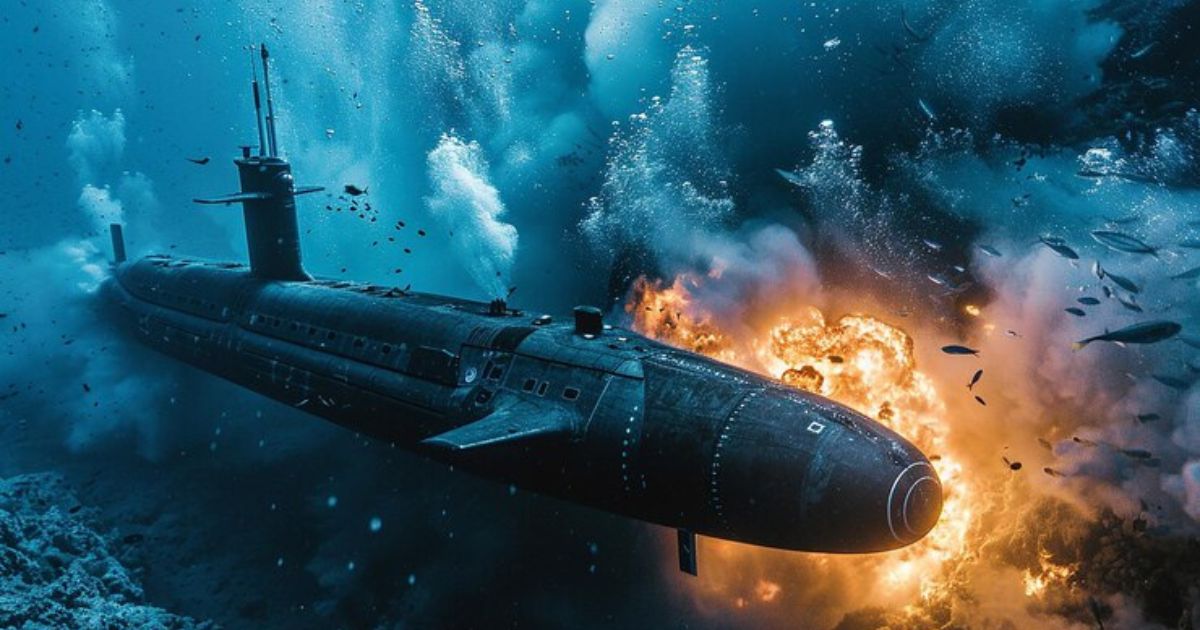The ASROC40 is a complex topic in modern technology and engineering. This article delves into its features, applications, and importance. We will explore the essential components, historical context, and how it stands out in the current technological landscape.
What is the ASROC40?
The ASROC40 refers to a specific type of advanced weapon system used primarily in naval warfare. It’s an abbreviation for “Anti-Submarine Rocket,” a system designed to launch anti-submarine weapons from surface ships. This system plays a critical role in modern naval defense by targeting and neutralizing underwater threats.
The Development of the ASROC40
The development of the ASROC40 dates back to the mid-20th century. It was initially conceptualized as a way to protect naval vessels from the growing threat of enemy submarines. Since its inception, the ASROC has undergone multiple upgrades to improve its range, accuracy, and response time. This modernization has enabled it to remain relevant in an ever-evolving battlefield.
How the ASROC40 Functions
The ASROC40 works by launching a rocket-propelled anti-submarine torpedo toward a detected target. It has a rapid deployment system that allows for quick reaction times, which is crucial during high-stress combat situations. Once launched, the torpedo separates from the rocket and homes in on the underwater target, ensuring precise engagement.
Key Features of the ASROC40
The ASROC40 has several distinct features that make it a preferred choice for naval defense. Its key characteristics include long-range capabilities, enhanced precision, and the ability to engage targets swiftly. Additionally, it is equipped with a modern guidance system that ensures higher accuracy compared to older models.
Applications of the ASROC40
The primary application of the ASROC40 is anti-submarine warfare. Naval forces use it to defend against hostile submarines and protect strategic maritime zones. It is also deployed in various naval exercises to train personnel in anti-submarine tactics and improve overall combat readiness.
Importance of the ASROC40 in Modern Warfare
The ASROC40 is vital in modern naval warfare because it provides a reliable and rapid-response system against underwater threats. Its advanced features ensure that ships can engage submarines from a safe distance, minimizing the risk to the vessel and its crew. This makes it an indispensable tool for modern navies around the world.
Differences Between the ASROC40 and Other Systems
The ASROC40 stands out from other anti-submarine systems due to its combination of range, speed, and precision. Unlike traditional depth charges or torpedoes, the ASROC can be launched from surface ships and reach its target much faster. This capability provides a strategic advantage in detecting and neutralizing underwater threats before they can close in on a naval fleet.
Challenges Faced in Deploying the ASROC40
Despite its advantages, deploying it is not without challenges. One of the main issues is its high cost, which can be prohibitive for smaller navies. Additionally, maintaining and training personnel to operate the system requires significant resources and expertise. Another challenge is integrating it with other naval systems to ensure seamless operation.
Innovations in the ASROC40 Technology
Over the years, it has benefited from several technological innovations. Modern versions of the system incorporate improved propulsion technologies and advanced sonar guidance. These enhancements allow for greater detection accuracy and more efficient targeting. Such innovations are crucial in maintaining its effectiveness in an increasingly sophisticated maritime environment.
The Role of the ASROC40 in Anti-Submarine Strategies
In anti-submarine strategies, it serves as both a deterrent and a response mechanism. Its presence alone can discourage enemy submarines from approaching critical areas. When deployed, it provides a swift and lethal means of neutralizing underwater threats. This dual role makes it a cornerstone of naval anti-submarine strategies.
Future Prospects for the ASROC40
The future of it looks promising as technology continues to evolve. Researchers are working on new propulsion systems and guidance mechanisms that could extend its range and increase its precision. There is also potential for integrating the system with unmanned underwater vehicles, further enhancing its operational capabilities.
Comparing the ASROC40 with Other Anti-Submarine Rockets
When compared to other anti-submarine rockets, it offers a superior balance of speed, range, and precision. Systems like the Soviet RPK-1 or the French Malafon have similar roles but lack the comprehensive features of it. It’s modern adaptations make it more versatile and effective in various combat scenarios.
Training and Operational Use
Training personnel to operate it is a rigorous process that involves both simulation and live exercises. Operators must master the system’s controls and understand its tactical applications. Regular training ensures that crews can respond quickly and accurately when the need arises, maintaining a high state of readiness.
Global Adoption
Many countries around the world have adopted it for their naval forces. The system’s reliability and effectiveness have made it a popular choice in various regions, including Asia, Europe, and North America. Its global adoption underscores its importance in maintaining maritime security and protecting national interests.
Conclusion
The ASROC40 is a cutting-edge anti-submarine system that combines speed, accuracy, and long-range capabilities. It plays a crucial role in modern naval defense strategies, ensuring that navies can counter underwater threats effectively. As technology advances, the ASROC40 will likely see further enhancements, solidifying its status as a premier anti-submarine weapon.
FAQs
What makes the ASROC40 different from traditional anti-submarine weapons?
The ASROC40 combines rocket and torpedo technology, providing greater speed and range than traditional systems.
Can smaller navies afford to deploy the ASROC40?
The high cost is a challenge, but some smaller navies invest in it for strategic reasons.
How does the ASROC40 enhance naval defense?
Its rapid response and precision make it ideal for engaging underwater threats before they become dangerous.
Is the ASROC40 compatible with other naval systems?
Yes, but it requires careful integration to work seamlessly with other platforms.
What are the future upgrades expected for the ASROC40?
Future upgrades may include advanced propulsion systems and integration with unmanned vehicles.





